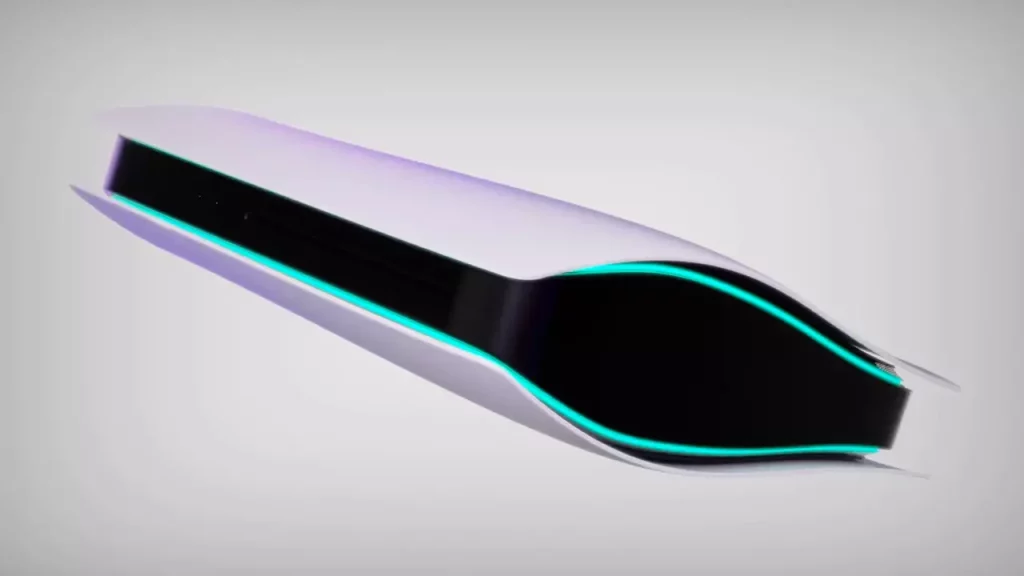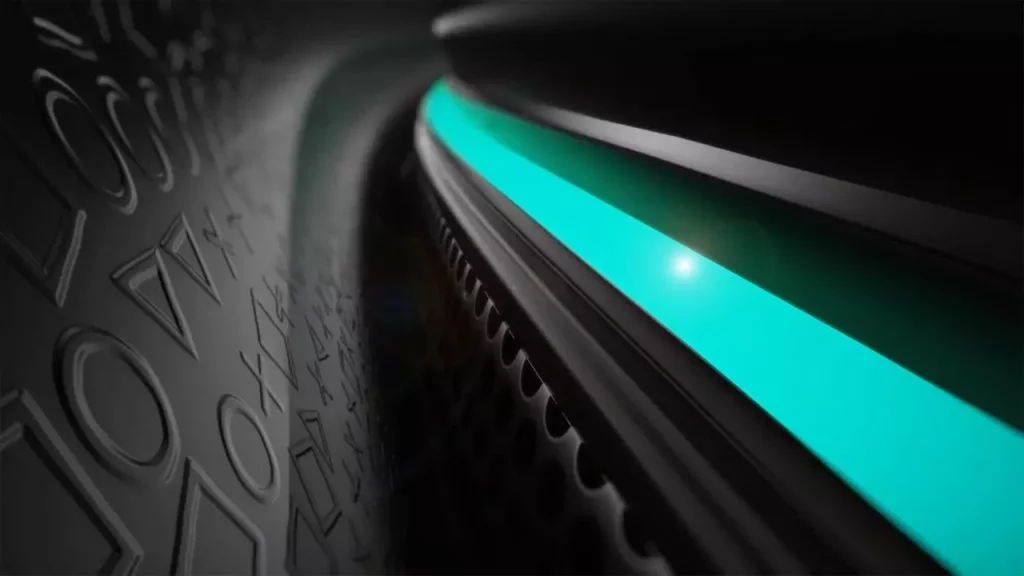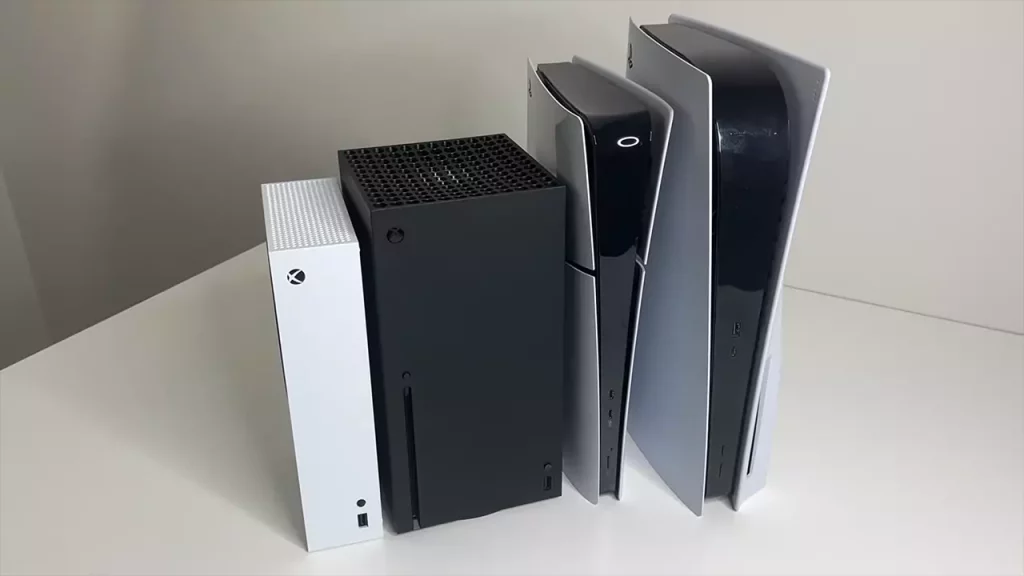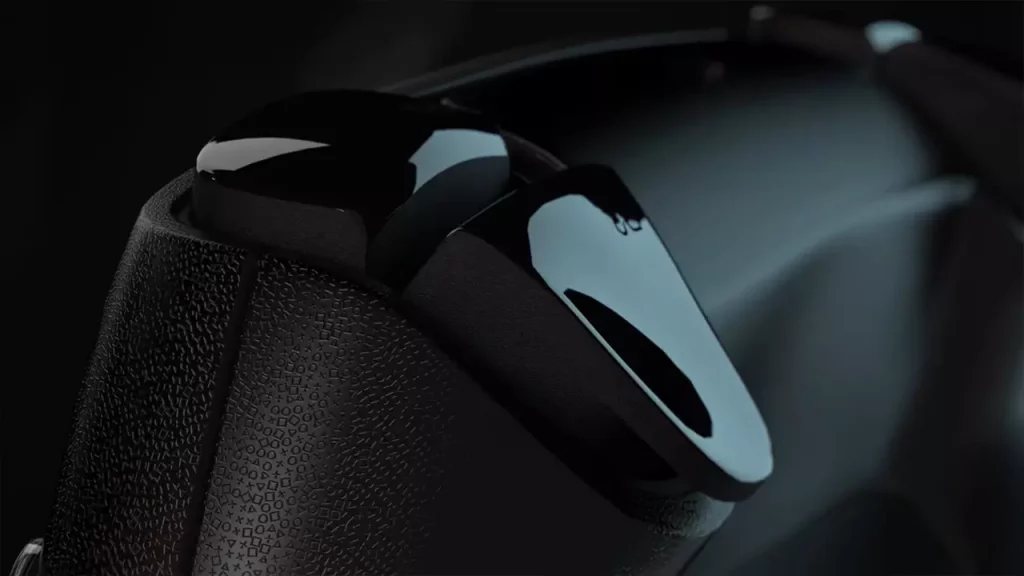Whispers of a more powerful PlayStation 5, dubbed the “PS5 Pro,” have already begun to haunt the shadows of the current console’s success, though Sony remains mum on its official existence. Despite the lack of confirmation, speculation, and leaks swirling, we’ve got predictions regarding this console poised to push the boundaries of graphical fidelity and performance.
With PS VR2 launched in February and slimmer PS5 models replacing the originals in November, the gaming world eagerly awaits the next PlayStation evolution. But the question on everyone’s lips is: when will the PS5 Pro come out of the shadows and into our living rooms?
Release Date and Price: When Will the PS5 Pro Come Out
Traditionally, PlayStation releases a mid-life upgrade around three years after the original console’s launch. Following this pattern and considering global chip shortage and ongoing supply chain crises, the PS5 Pro could land in late 2024 or early 2025. Some sources, like a reliable leaker Tom Henderson posted on X, point to a more specific date: November 2024. This aligns with Sony’s usual holiday release strategy and suggests the company might aim for a big hardware push. Tom Henderson wouldn’t comment on the accuracy of the leak but acknowledged that Sony anticipates a full spec leak this month as dev kits reach third-party studios.

Several factors could contribute to the delay. The ongoing chip shortage has disrupted the electronics industry, and Sony might be waiting for production issues to ease. Additionally, pushing the release date towards the end of 2024 would allow for a gap between the Pro and the recently revised PS5, potentially boosting sales of both models.
What Can We Expect?
While details are scarce, rumors suggest the PS5 Pro will boast upgraded internals, including a more powerful GPU and increased RAM. This could pave the way for native 8K gaming, smoother frame rates, and enhanced visuals. However, a price hike alongside these improvements seems inevitable.
While the rumors are exciting, it’s important to remember that nothing is official until Sony makes an announcement. Stay tuned for official news from PlayStation, and until then, keep enjoying the current PS5 experience.
Our Predictions About the PS5 Pro Release Date and Graphic Performance
This data shows the graphics scores of various PlayStation consoles over the years. Take a look at previous PlayStation Slim and Pro models along with their release dates:
| Console | Graphics | Release Year |
|---|---|---|
| PlayStation 2 | 6.2 GFLOPS | 2000 |
| PlayStation 2 Slimline | 6.2 GFLOPS | 2004 |
| PlayStation 3 | 230.4 GFLOPS | 2006 |
| PlayStation 3 Slim | 230.4 GFLOPS | 2009 |
| PlayStation 3 Super Slim | 230.4 GFLOPS | 2012 |
| PlayStation 4 | 1843 GFLOPS | 2013 |
| PlayStation 4 Slim | 1843 GFLOPS | 2016 |
| PlayStation 4 Pro | 4200 GFLOPS | 2016 |
| PlayStation 5 | 10,280 GFLOPS | 2020 |
| PlayStation 5 Slim | 10,280 GFLOPS | 2023 |
Surely, we can use this table to make educated guesses and predictions about the PS5 Pro. Based on the trend of increasing graphical processing power (GFLOPS) over time, it is likely that the PS5 Pro will have significantly higher GFLOPS than the PS5.

Here are some specific predictions we can make:
- Release year: The table shows a pattern of releasing a new PlayStation model every 6-7 years. The PS5 Pro could be released in 2026 or 2027 following this pattern.
- Graphics processing power: The PS5 has 10,280 GFLOPS so the PS5 Pro could have 20,000 GFLOPS or even more. This would allow for significantly higher resolution and frame rates in games.
- Price: The PS5 Pro will likely be more expensive than the PS5, possibly starting at around $599.
- Backward compatibility: Considering current PS Plus plans, the PS5 Pro is guaranteed to be backward compatible with PS5 games and most likely with older PlayStation games based on the current PS Plus plans.
Based on the trend, it is likely that the PS5 Pro will have a significantly higher graphics score than the PS5. The PS4 Pro, for example, has a graphics score of 4200 GFLOPS, which is more than double the score of the PS4. So, it is reasonable to expect that the PS5 Pro will have a graphics score of at least 20,000 GFLOPS.
Of course, these are just predictions, and Sony has not officially announced anything about the PS5 Pro. However, the table you sent me provides clues about what we can expect.
It is also important to note that the GFLOPS metric is not the only factor that determines the performance of a gaming console. Other factors, such as the CPU, GPU, and RAM, also play a role. So, while the PS5 Pro is likely to be more powerful than the PS5, it is not guaranteed to be twice as powerful.
Will Sony Ditch the PS5 Pro After Xbox Skips Mid-Gen Upgrade?
There are several reasons why Sony might not release a PS5 Pro, even though Microsoft has stated they won’t be making a mid-life upgrade for the Xbox Series X/S:
- Market saturation and potential for cannibalization: The PS5 is still selling well, and releasing a Pro version could cannibalize sales of the standard model. Gamers might hold off on buying a PS5 if they know a more powerful version is on the horizon, which could hurt Sony’s bottom line.
- The high cost of development and production: Developing and producing a new console is very expensive. Sony might not be willing to invest the necessary resources in a Pro version, especially if they don’t see a clear path to profitability.
- The evolving landscape of cloud gaming: Cloud gaming services like PlayStation Now and Xbox Game Pass are becoming increasingly popular. These services offer access to high-end games without needing a powerful console. Sony might focus on expanding its cloud gaming offerings instead of developing a Pro version of the PS5.
- Focus on the next generation: Sony might already be looking ahead to the next generation of consoles. Instead of investing in a Pro version of the PS5, they might focus on developing the PS6.
- The impact of the global chip: The shortage has made it difficult and expensive for companies to produce electronic devices. This could make it even more challenging for Sony to justify developing and producing a PS5 Pro. Now, as per new market analysis, the chip shortage crisis has almost come to an end.
Microsoft’s decision not to make an Xbox Series X/S Pro could also influence Sony’s decision. If there is not enough demand from Microsoft’s customers for a mid-life upgrade, Sony might be less likely to see the value in making one for the PS5.

It’s important to note that these are reasons Sony might not release a PS5 Pro. There is also a chance that they could release one in the future. Only time will tell what Sony decides to do.
The PS5 Pro, if it becomes a reality, has the potential to be a game-changer. Its rumored specs and features paint a picture of a console that redefines what next-gen gaming can be. While the wait for official confirmation may be agonizing, the anticipation speaks volumes about this potential powerhouse’s excitement.
The PlayStation Mid-Life Upgrade Strategy
In the ever-evolving world of gaming consoles, the mid-life upgrade has become a common tactic to maintain player engagement and hardware relevance. Sony has mastered this strategy with its PlayStation brand, consistently delivering compelling iterations of its consoles during their lifespans. Let’s delve into the PlayStation mid-life upgrade strategy and its impact on gaming.

The Power of Iteration
At the heart of the PlayStation mid-life upgrade strategy is iteration. Instead of waiting for a complete generational leap, Sony injects a shot of adrenaline into the current console with a more powerful iteration. This approach offers several benefits:
- Enhanced Performance: Mid-life upgrades often boast improved processing power, graphics fidelity, and frame rates, delivering a noticeable performance boost for existing games and paving the way for even more demanding titles.
- Extended Longevity: By injecting new life into the current hardware, Sony extends the lifespan of its platform, keeping players invested and developers engaged for a longer period.
- Catering to Diverse Needs: Not all gamers are ready or willing to jump to a new generation immediately. The mid-life upgrade provides an enticing option for those who want a performance boost without the price tag of a new console.
Examples of PlayStation’s Mid-Life Magic
Sony has successfully implemented this strategy throughout its PlayStation history. Here are some notable examples:
- Slim Models: PlayStation started offering slimline models, which usually featured a sleeker design, quieter operation, and, in some cases, improved video output compared to the original model. It helped extend the PlayStation’s dominance and solidify its position as the best-selling console maker.
- PlayStation 4 Pro: Launched in 2016, the PS4 Pro delivered 4K HDR gaming and improved performance for demanding titles. It catered to the growing demand for high-fidelity visuals and ensured the PS4 remained relevant in the face of the Xbox One X.
- PlayStation 5 Pro: While not officially confirmed, rumors of a PS5 Pro swirl around the gaming community. With its potential for even higher performance and next-gen features, the PS5 Pro could further extend the dominance of the current generation and bridge the gap towards the inevitable PS6.
Impact and Considerations
The PlayStation mid-life upgrade strategy has undoubtedly impacted the gaming industry in various ways:
- Heightened Competition: It has pushed the boundaries of console hardware, leading to a constant race for performance and innovation between Sony and its competitors like Microsoft.
- No Fragmentation of Player Base: Multiple console versions within a generation try not to fragment the player base, avoiding any potential impact on online multiplayer experiences. But there have been games that perform better on PS4 Pro compared to PS4 Skim or the base version.
- Balancing Value Proposition: Sony needs to carefully balance the value proposition of the mid-life upgrade to ensure it entices players without cannibalizing sales of the next-generation console.
Looking Ahead
The PlayStation mid-life upgrade strategy is likely here to stay. As technology advances and gamer expectations evolve, Sony will continue to find ways to refresh its consoles and keep players engaged. Whether through hardware upgrades, software updates, or innovative new features, the PlayStation mid-life upgrade strategy will continue to shape the gaming landscape for years.
In Conclusion, PS5 Pro’s arrival is still uncertain, but its potential to push the boundaries of gaming is undeniable. Whether you’re a seasoned veteran or a curious newcomer, the prospect of a more powerful PlayStation will surely drive pulses. So, keep your eyes peeled for official news, and prepare to be amazed by what the future holds for PlayStation.
Note: This article was originally written on December 12, 2023, and the information may become outdated as new details emerge. Stay updated on official PlayStation announcements for the most accurate information.
If you liked this article, check out our GT Originals to get more of such interesting topics and speculations.

